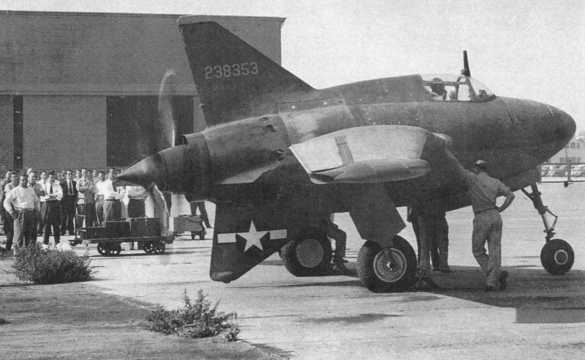
The
huge bronze eagle and swastika, personally designed by Hitler, was
salvaged by a British-led team from the stern of the pocket battleship
Admiral Graf Spee in 2006. 77 years later, it’s own battle still
continues.
War
trophies don’t come much more imposing than the solid bronze statue
that once adorned the prow of the Graf Spee, a notorious German
battleship that sank numerous Allied merchant vessels. When a 700 pound
bronze statue of an eagle perched upon a giant swastika sunk onboard
German battleship
Graf Spee off the coast of Uruguay in 1939,
it was thought to be lost forever. Following its recovery from the
watery depths by local business man Alfredo Etchegaray in 2006, no one
seems quite sure what to do with it.
In
December of 1939 the German pocket battleship Admiral Graf Spee fought a
relentless battle with an allied task force off the coast of Uruguay.
Badly damaged after a ferocious fight, the Admiral Graf Spee was pulled
into a Uruguay harbor and scuttled. Seventy-five years later, pieces of
the wreckage are in the hands of the Uruguay government and salvagers,
prompting a debate about what to do with the Nazi artifacts.
The
ship’s captain, Hans Langsdorff, scuttled the damaged vessel offshore
outside the capital of Montevideo after the Battle of the River Plate
after British intelligence tricked him into believing the Royal Navy was
about to surround the ship. It burned for three days before finally
sinking; Langsdorff killed himself shortly afterward.





